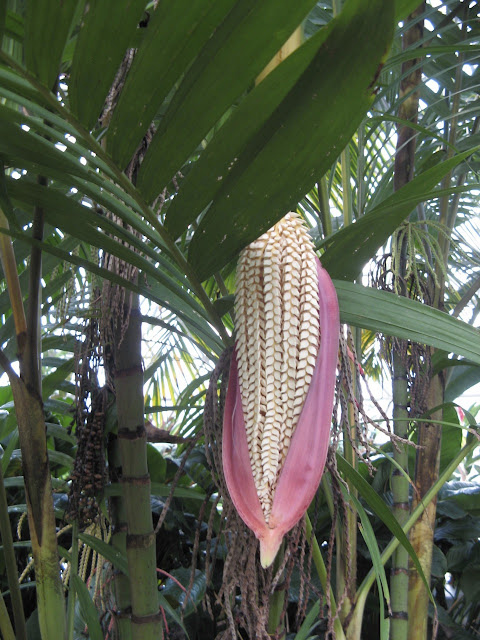Lara gave a presentation about the cultural, historical and symbolic significance of the colours as used in various crafts. The choice of this theme was clever, given that the different schools each have their own approach and emphasis in the creation of ikebana. By focusing on colour the participants were able to maintain the stylistic approach of their school yet think about colour from a different point of view.
The participants were allocated a colour in advance of the workshop and I was given brown. I quietly cursed this allocation under my breath thinking "how am I going to manage to do this?". There are some beautiful terracotta and tawny brown chrysanthemums. But none in our garden, only a rather dead looking sedum. As I wandered around searching for something with a little promise I noticed...
The bark is a rich warm rusty-brown that becomes lighter and greyish over the course of the year. In our garden it flakes off in the Summer in large, thick, slightly brittle pieces. The exercise had caused me to look at this material differently.
At the workshop I arranged the bark with, now pale straw-coloured, dried agapanthus flower-heads and a sprig of camellia leaves in a dark blue modern vase. The brown and blue combination made me think of seeing those colours in Japanese fabrics, especially indigo dyed Noren (curtains) and furoshiki (wrapping cloths). I do not have experience in working with bark as an ikebana material. However, having been forced out of my comfort zone I feel encouraged to try it again.
More images are available in the 'Colours of Japan' workshop.
Greetings from Christopher
28th April 2018

































